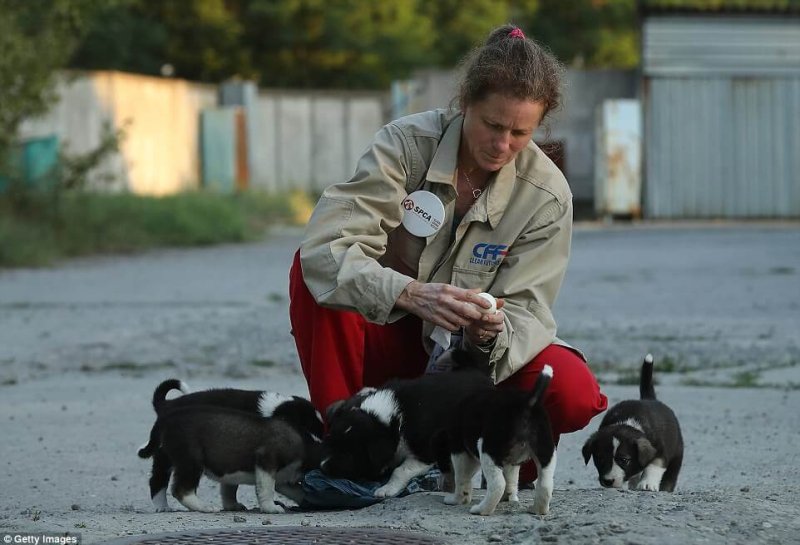After the [Chernobyl] explosion, over 90,000 people were evacuated from hundreds of towns and communities in the vicinity of the plant. They had to leave everything behind, including their pets.
…
Alex Cagan, post-doctoral researcher at the Wellcome Sanger Institute, joined a trip to Chernobyl in June 2018. Run by the Clean Futures Fund (CFF), he travelled with a team of vets to visit the abandoned dogs. He was looking for an unusual type of cancer.
Transmissible cancer is a strange form of the disease. Unlike any other type of cancer it is not caused by an individual’s own cells growing uncontrollably. It’s an infectious cancer – it’s a cancer dogs can catch.
It first arose in an animal who lived about 8,000 years ago.
…
The aim was to collect samples for genomic analysis – to see if the radiation has any effects on the cancers.
…
In the 200 dogs he saw over two weeks, Alex didn’t find a single case of transmissible cancer. [Researcher Elizabeth Murchison] was surprised to hear the news. “We see transmissible cancer in dogs all around the world. We find it almost everywhere there are free roaming dog populations. We don’t know why the dogs in Chernobyl don’t have it.”
…
Chernobyl is a unique location for tragic reasons. But it might be able to help Alex’s team find out more about the impact of radiation on the genome.
Read full, original post: Chernobyl: chasing a ‘catching’ cancer































